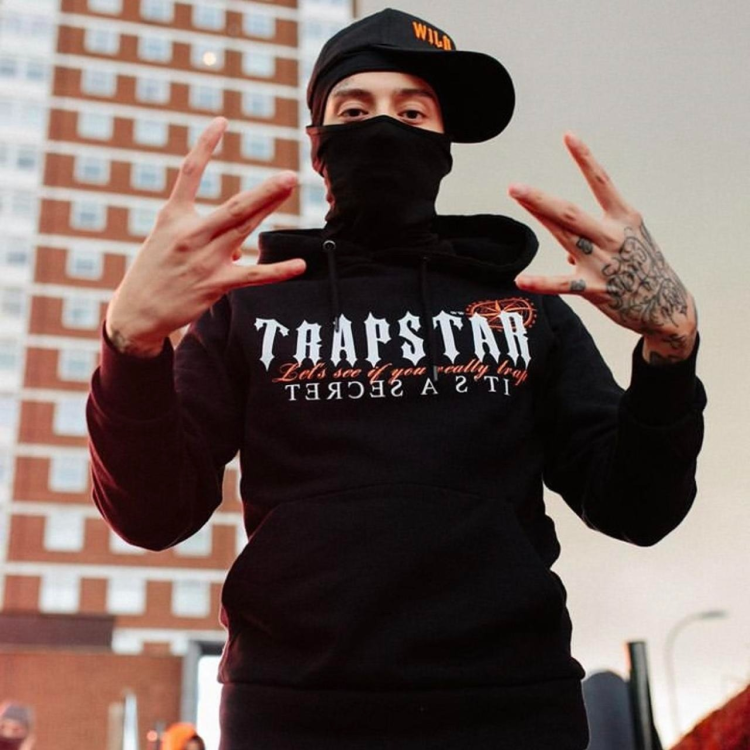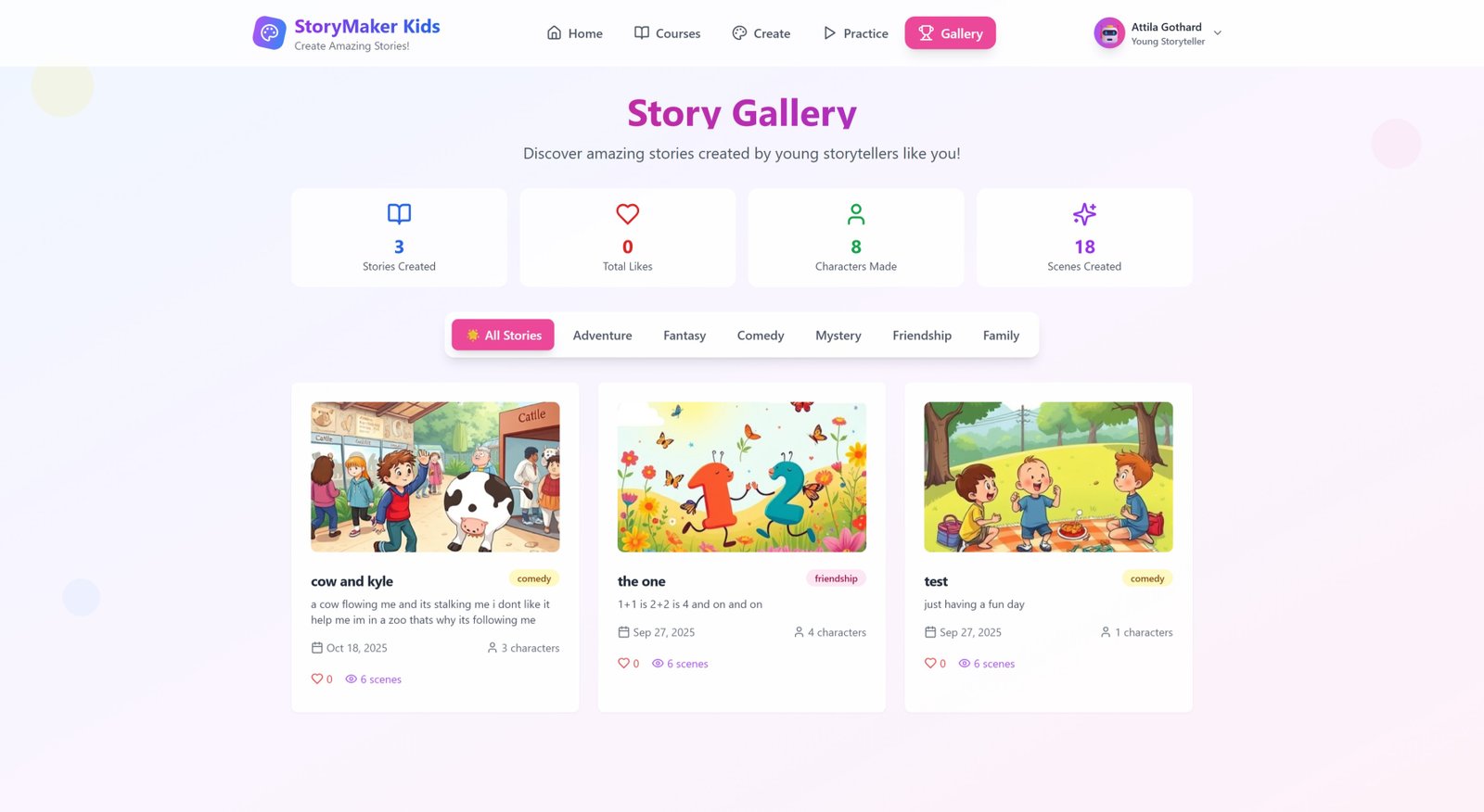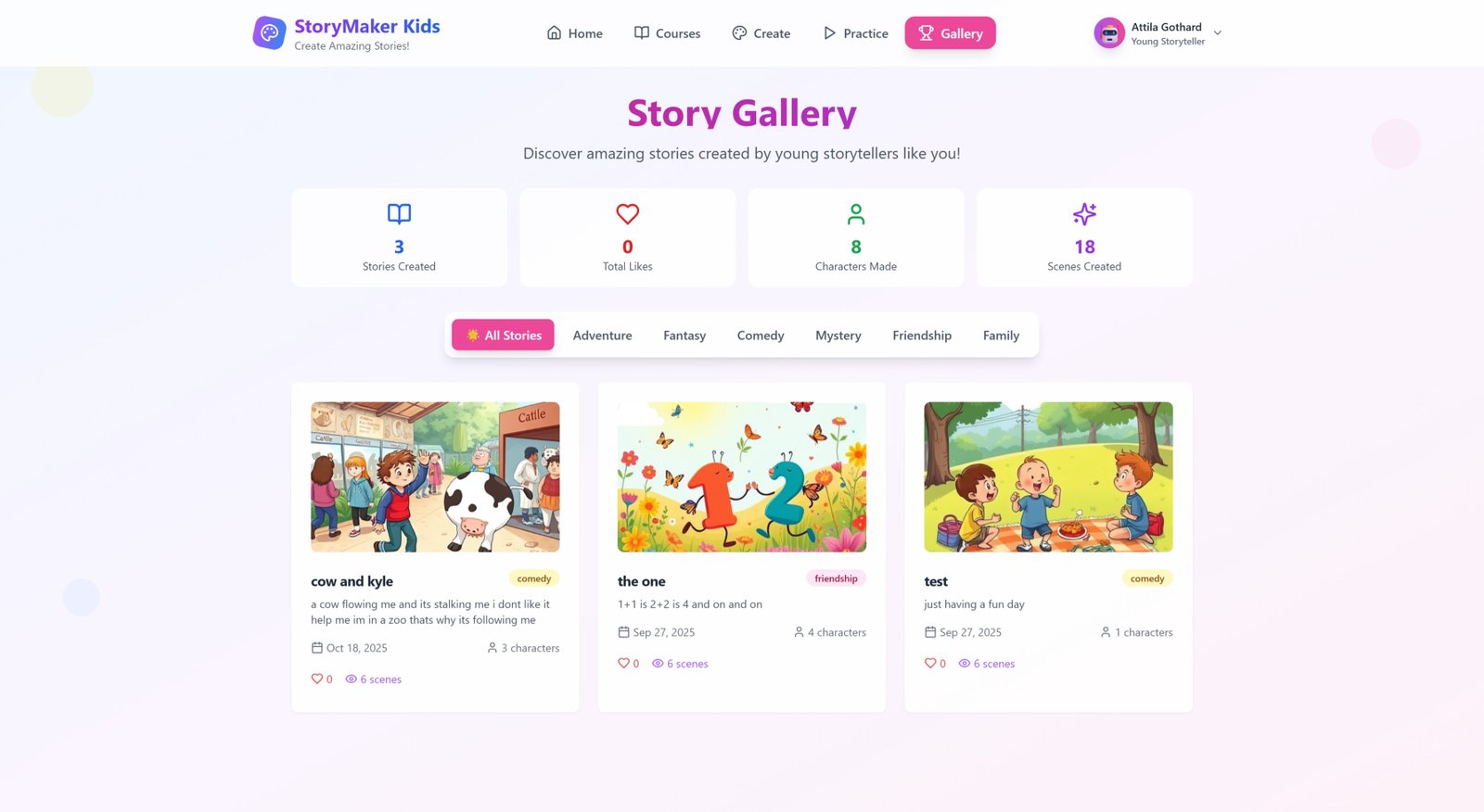Trapstar London The Brand That Speaks the Language of the Youth
In the world of streetwear and urban fashion, Trapstar London has carved out a reputation as more than just a clothing label. Meanwhile, the concept of youth culture encompasses attitudes, trends, values, and language unique to younger generations.

In the world of streetwear and urban fashion, Trapstar London has carved out a reputation as more than just a clothing label. Meanwhile, the concept of youth culture encompasses attitudes, trends, values, and language unique to younger generations. Individually, Trapstar London represents edgy style and urban credibility; youth culture embodies expression, rebellion, and creativity. But when these two converge, something powerful emerges: a brand that doesn’t simply dress young people—but communicates with them, and becomes an emblem of their identity. In this article, we’ll explore both Trapstar London and youth culture separately, then dive into how Trapstar channels youth energy, connects emotionally, and influences fashion, music, and street credibility.
Understanding Trapstar London
Trapstar London began as a bold voice within London’s underground fashion scene. Founded in the late 2000s, it emerged from graffiti roots and city streets, adopting a bodywear-meets-streetwear aesthetic. The brand blends graphic-heavy designs, dark palettes, and bold motifs to create apparel that feels visceral and raw, yet wearable in urban settings.
Trapstar London has built credibility by aligning with music subcultures, collaborating with artists, and staying rooted in street authenticity. It resists the airbrushed gloss of high fashion and instead uses gritty visual cues—bold logos, distressed textures, urban iconography—to communicate realness. Its collections include hoodies, trapstar windbreaker, tees, and accessories that speak in the visual dialect of the streets.
The brand also experiments through limited editions and creative drops, generating hype and exclusivity. Fans don’t just buy trapstar clothes—they buy into attitude, heritage, and a sense of belonging to an underground movement.
Exploring Youth Culture
“Youth culture” refers to the shared styles, values, language, and behaviors of young people—typically teenagers and people in their twenties. It includes music tastes, slang, social media engagement, fashion preferences, and activism. Youth culture evolves quickly and thrives on novelty, rebellion, and community.
One core driver of youth culture is identity. Young individuals often use symbols—clothing, music, art—to distinguish themselves from older generations. Youth culture also embraces experimentation, pushing boundaries, and shifting norms. It thrives in subcultures: hip-hop, skateboarding, punk, grime, sneakerhead communities, and more.
In digital age youth culture, social media amplifies trends. Memes, influencers, street photographers, and micro-brands all play roles. The cultural currency lies in relevance, immediacy, and authenticity.
Youth culture also demands dialogue rather than monologue: it wants brands and creators to listen, respond, and co-create, rather than dictate. That interactive spirit becomes a foundation for how modern brands succeed—or fail—with younger audiences.
How Trapstar London Speaks the Language of Youth
Visual Identity as Cultural Code
Trapstar London uses bold logos, stark contrast, and iconography as a visual vocabulary. Much like slang or street art tags, those graphics communicate attitude without needing slogans. The brand’s repeated motif—a bold cross or stylized lettering—functions like a signature tag on walls. When youth see trapstar designs on others or in the city, they recognize not just clothing, but influence, belonging, and a coded message: this is someone who knows where they come from.
Rather than mass appeal, Trapstar cultivates for those who already understand street codes. That selective resonance intensifies loyalty. The visual identity aligns with youth preferences for symbols rather than literal messages.
Collaborations and Cultural Bridges
To stay rooted in youth trends, Trapstar London partners with music artists, street photographers, graffiti artists, and urban creatives. These collaborations bridge fashion and culture, making apparel extensions of music videos, mixtapes, and graffiti canvases. When a rapper wears Trapstar in a video, the brand becomes part of the narrative. That gives it cultural relevance, not just aesthetic presence.
Such partnerships allow Trapstar to tap into fan communities and underground scenes. Rather than trying to appeal to everyone, the brand aligns with cultural nodes that youth already follow. In doing so, it speaks in a voice those youth can trust.
Limited Drops and Hype as Participation
Youth culture thrives on scarcity, hype, and shared experience. Trapstar London leverages limited drops, exclusive releases, and “see now, buy now” moments. Fans scramble to grab the latest hoodie or jacket before it sells out. That excitement mirrors how youth chase cultural moments—album drops, viral challenges, sneaker releases.
By doing this, Trapstar treats its audience as participants, not passive consumers. The anticipation, the rumor, the wait—all become part of the brand’s narrative. Youth feel involved, invested, and rewarded when they secure a piece.
Digital Storytelling and Community Engagement
Trapstar London doesn’t just post product pictures. It crafts storytelling—videos on urban streets, candid shots in alleys, behind-the-scenes with artists, graffiti walls at night, and immersive Instagram reels. That visual storytelling aligns with youth expectations on platforms like Instagram, TikTok, and YouTube.
Moreover, Trapstar interacts with fans: reposting user photos, endorsing street stylists, hosting pop-ups in underground neighborhoods. That two-way engagement signals respect. Youth culture rewards brands that listen and collaborate.
Symbolic Meaning Beyond Apparel
Finally, Trapstar London embodies youth values like resilience, defiance, confidence, and community. It reminds wearers of origins, struggle, and aspiration. The brand becomes more than clothes—it symbolizes stories, struggle, survival, and ambition. Youth don’t just wear a hoodie; they carry an identity.
Benefits of Merging Trapstar London with Youth Culture
Authentic Connection and Trust
When a brand speaks youth language, it earns trust. Trapstar’s alignment with street and subcultural codes conveys authenticity. Youth see it not as a corporation, but as a peer. That trust cultivates repeat customers and brand evangelists.
Cultural Relevance and Trend Leadership
By operating within youth culture’s ecosystem, Trapstar stays ahead of trends. It can sense shifts—slang, visuals, sound—and respond fast. That positions the brand not as follower but trend leader. In fashion, being culturally relevant matters more than merely having quality materials.
Emotional Resonance and Identity Branding
Merging with youth culture allows Trapstar to tap deep emotional currents. Young people seek identity anchors—brands that reflect who they are or aspire to be. Trapstar offers that anchor. It becomes associated with statements, values, and belonging.
Word-of-Mouth Amplification
In youth networks, peer influence is powerful. When someone sees a friend in a striking Trapstar piece, they ask questions, take photos, share on social media. The brand’s visibility expands organically. Youth culture amplifies what resonates.
Commercial Success with Cultural Legitimacy
Ultimately, speaking youth language doesn’t mean sacrificing sales. Trapstar monetizes culture through drops, limited runs, and aspirational pricing. But because youth perceive it as legitimate—not exploitative—the brand can command higher margins.
Challenges and Considerations
Balancing Accessibility and Exclusivity
If Trapstar becomes too exclusive, it alienates broader youth segments. But if it becomes too mass, it loses underground credibility. The brand must calibrate editions, price points, and market reach carefully.
Avoiding Cultural Appropriation
When working within youth culture—especially across geographies or subcultures—Trapstar must respect local expressions. Copying slang, visuals, or symbols without understanding can backfire. Authentic input, community collaboration, and cultural humility are essential.
Maintaining Consistency Under Scale
As the brand grows, staying true to youth language becomes harder. Scaling operations, expanding retail presence, and entering new markets can dilute authenticity. The brand leadership must preserve narrative, quality, and ideological anchor.
Adapting to Rapid Culture Shifts
Youth culture changes fast. A graphic or slang that is meaningful today can feel outdated tomorrow. Trapstar must monitor trends, adapt swiftly, and avoid stagnation. That requires cultural curiosity, close engagement, and creative agility.
Real-World Examples
A notable moment was when a grime artist wore Trapstar items in a music video, and fans rushed to mirror the style. The brand offered a capsule collection alongside the video release, linking fashion to the musical moment. That synergy turned viewer attention into immediate sales.
In another case, Trapstar released a collaborative jacket with a graffiti artist known in a specific city. That region’s youth embraced it as local pride, and the design spread to other cities through social media reposts. The collaboration honored local identity, and youth saw the product as authentic.
Trapstar’s pop-up installations in urban neighborhoods also create immersive experiences. The brand might stage a street art exhibit, perform live DJs, or host drop events in warehouses. Youth gather, share content, and the environment becomes a lived extension of the brand. Through that, apparel becomes secondary to emotional immersion.
Tips for Other Brands to Speak Youth Language
If you lead a brand seeking to tap youth culture, take these key lessons from Trapstar London:
Focus on visual codes and symbolism. Use visuals that resonate beyond words.
Collaborate with local creators in music, art, or street culture.
Use limited drops and surprise releases to build hype and urgency.
Engage directly on youth platforms with storytelling, not just product posts.
Honor cultural roots and allow your audience to co-create with you.
Stay agile—monitor shifts in language, fashion, music, and community values.
What's Your Reaction?



























